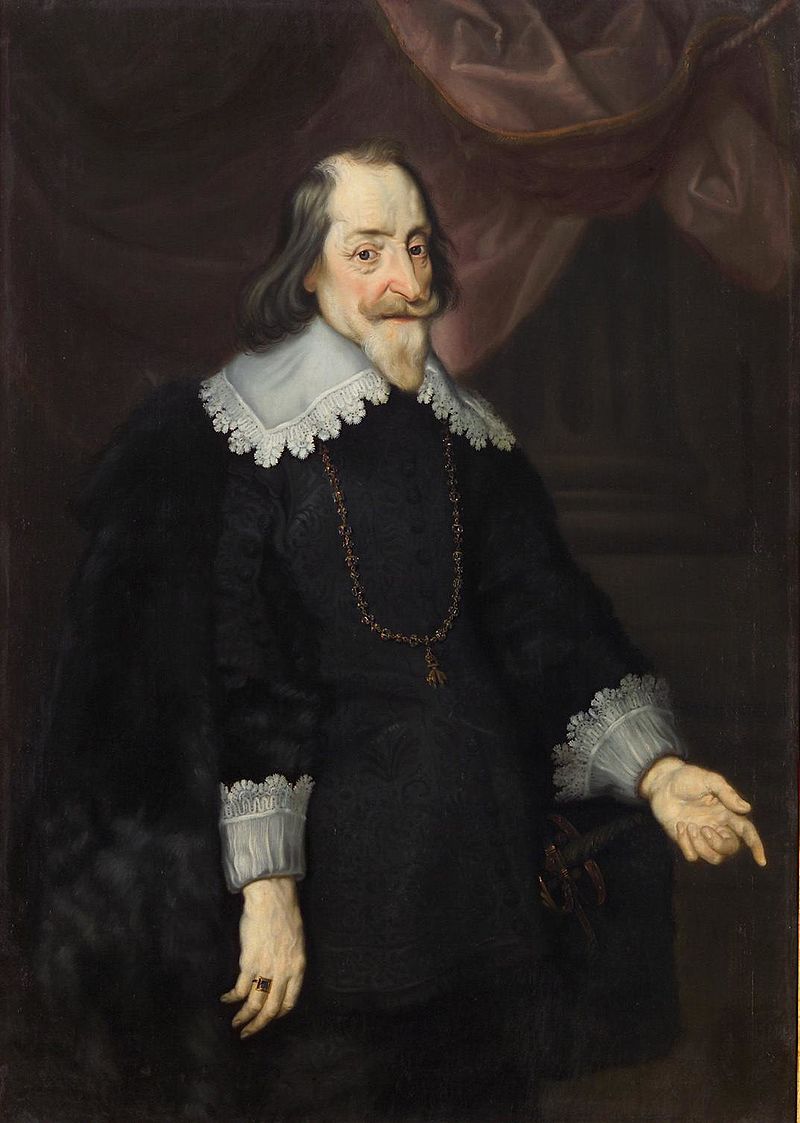
Miksa I (Munich, April 17, 1573 - Ingolstadt, September 27, 1651) Duke of Bavaria from 1597, Elector of Bavaria from 1623 until his death. He is known as one of the leading figures of those who fought on the Catholic side of the Thirty Years' War. Prince Miksa was born in 1573, his father was Prince William V of Bavaria (1548–1626), his mother was Princess Renáta of Lorraine (1544–1602), the daughter of Prince Francis I of Lorraine. In 1597 he became Duke of Bavaria, and from 1623 until his death he also acted as Elector. He received a strict Jesuit education and succeeded his father, who resigned in 1597, as the head of Bavaria. As Miksa's first act, he put the finances of the indebted state in order and put the state administration on a reliable foundation. He changed the law, organized an effective army, and tightened his control over the church and its properties. He was known as one of the leaders of the Catholic side in the Thirty Years' War. With his help, Austria defeated the Czechs and the Protestant king, Frederick V. After 54 years of reign, Miksa died at the age of 78 on September 27, 1651 in Ingolstadt, and was laid to rest in St. Michael's Church in Munich. Since her son was born late, Mária Ferdinand inherited her father's estate at the age of 15. I. The life path of Prince and Elector Miksa is of outstanding importance in the history of Bavaria and the German states, especially because of the reform of the state administration and his role in the Thirty Years' War.
Bavarian prince and elector Miksa (1573–1651) was one of the leaders of the Catholic side of the Thirty Years' War. During its minting, it issued several types of coins. The Bavarian ducat or Bavarian gold forint was a gold coin minted from 1606 to 1623. The obverse of the coin shows the coat of arms of Duke Miksa, and the reverse the Bavarian lion. The value of the coin was 5.5 g of gold and was equivalent to 5.5 guilders. The Bavarian ducat was the most common gold coin in Germany during the Thirty Years' War. The Bavarian taler or Bavarian silver forint was a silver coin minted from 1612 to 1623. The coin features Miksa's portrait on the obverse, and the Bavarian coat of arms on the reverse. The value of the coin was 28.06 g of silver and was equivalent to 60 krajcars. The Bavarian taler was the most important silver coin in Germany during the Thirty Years' War. The Bavarian kreuzer or Bavarian cross was a copper coin minted from 1620 to 1623. Miksa's monogram can be seen on the obverse of the coin, and a cross on the reverse. The value of the coin was 0.6 g of copper and was equivalent to 1/60 thaler. The Bavarian kreuzer was the lowest value copper coin in Germany during the Thirty Years' War.
Numismatics. Online store for old money, coins and banknotes.